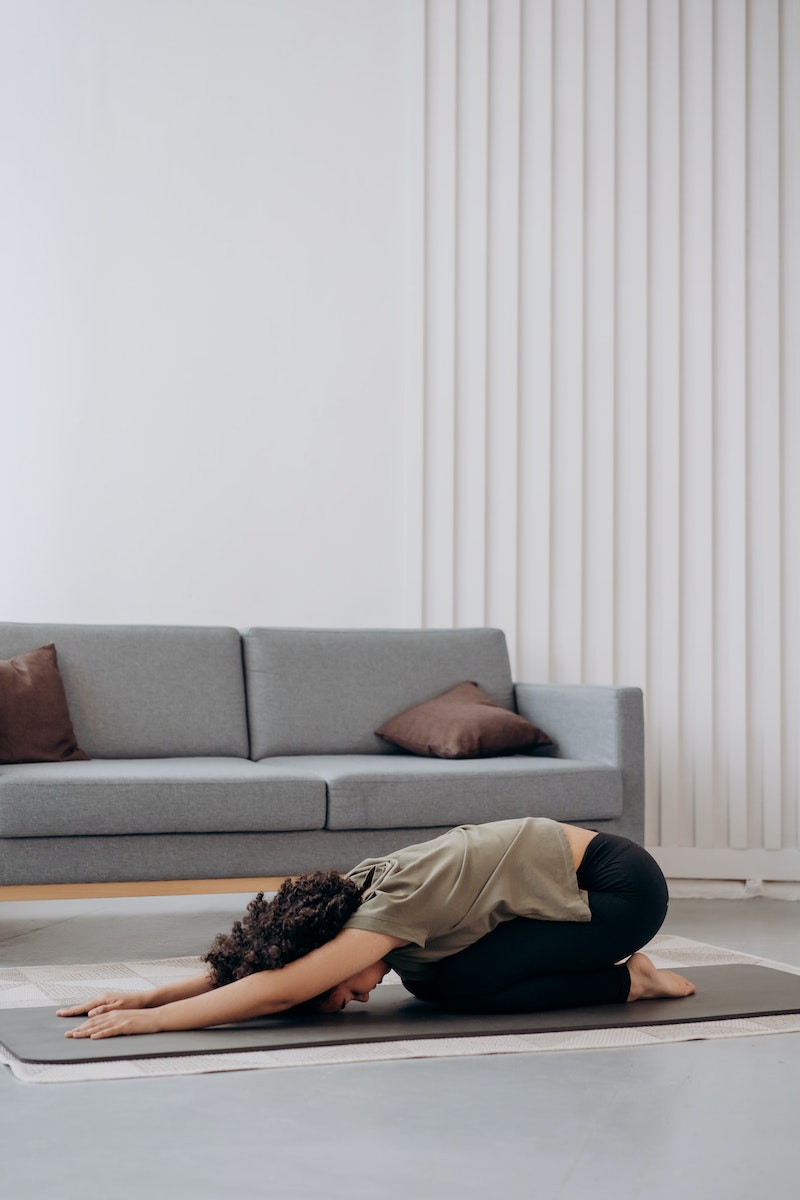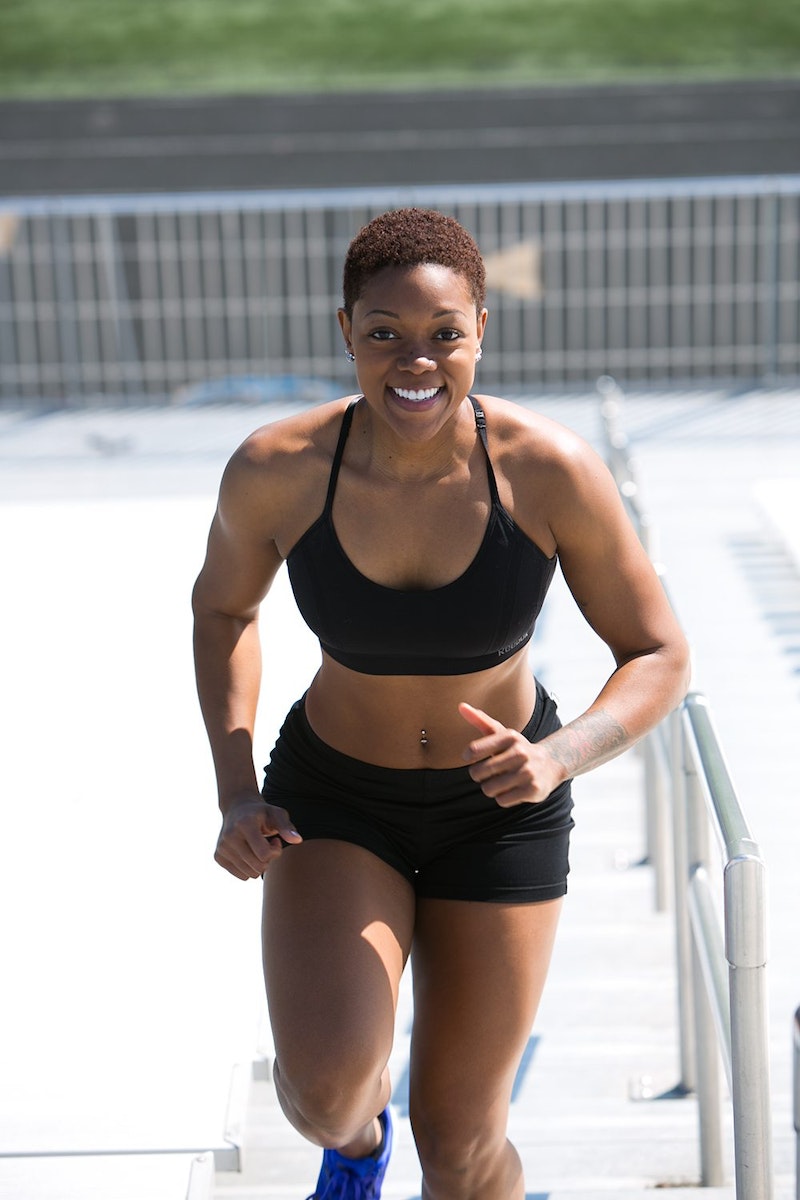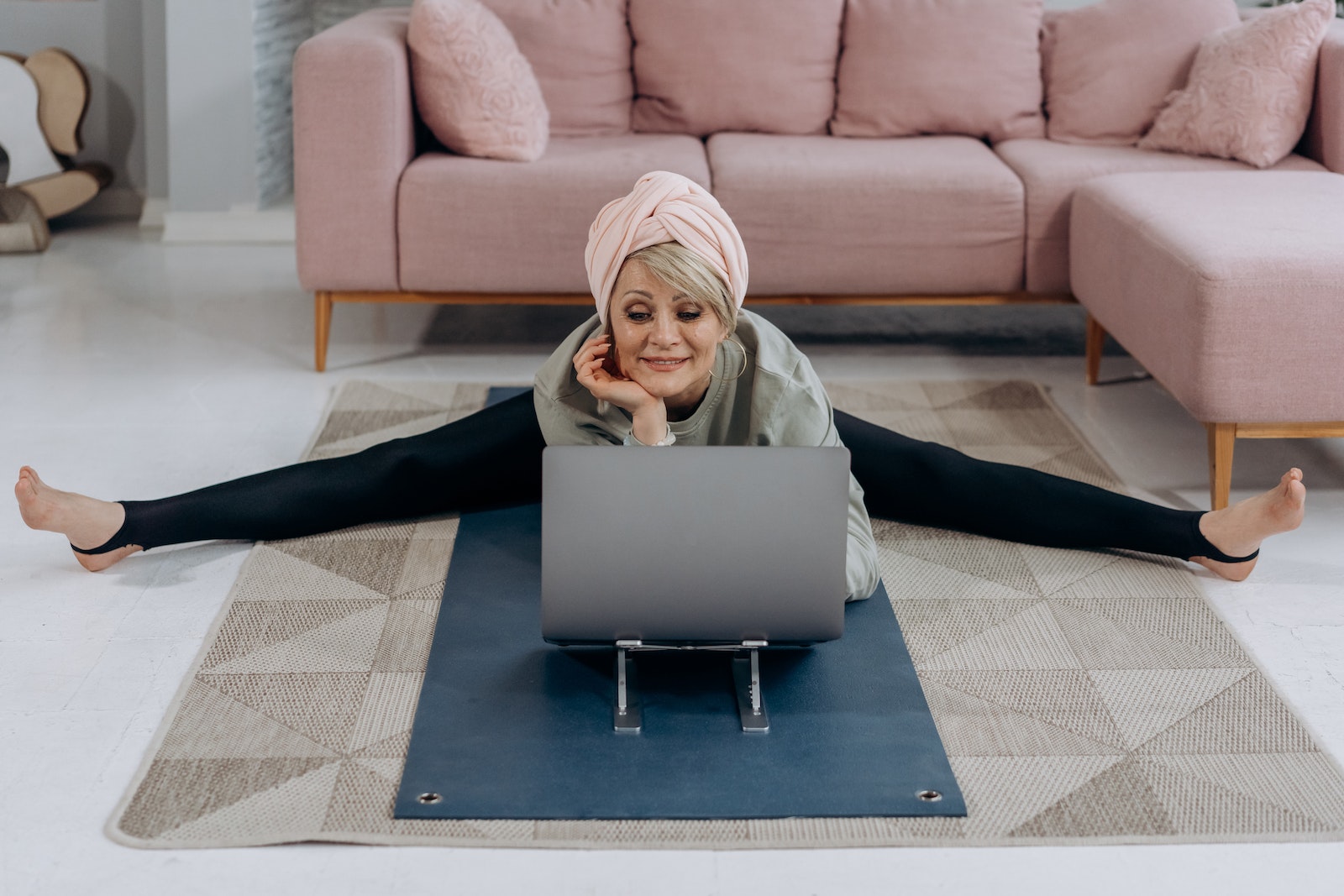In today’s fast-paced and digitally dominated world, it’s easy to feel overwhelmed and mentally fatigued. The constant barrage of information and distractions can take a toll on our cognitive abilities and memory. However, there is a solution that not only provides entertainment but also enhances mental sharpness – mindful gaming through memory games.
The Power of Mindful Gaming
Mindful gaming refers to the intentional and focused engagement with video games that promote mental well-being. It involves choosing games that stimulate cognitive functions, such as memory, attention, and problem-solving skills. Memory games, in particular, offer a myriad of benefits for mental sharpness and overall cognitive health.
By embracing memory games as a form of mindful gaming, you can improve your memory capacity, concentration, and mental agility. These games require you to recall and retain information, exercise your attention to detail, and enhance your ability to think quickly and strategically. Let’s explore the various ways in which memory games can positively impact your mental sharpness.
1. Strengthening Memory Capacity
Memory games are specifically designed to challenge and improve your memory capacity. They require you to remember and recall information, such as patterns, sequences, or specific details. By regularly engaging in memory games, you can enhance your short-term and long-term memory abilities.
Research has shown that practicing memory games can lead to neuroplasticity, which is the brain’s ability to reorganize and form new neural connections. This, in turn, strengthens the memory circuits in your brain, allowing you to retain and recall information more effectively.
In addition to improving memory capacity, memory games also help with memory retrieval. When playing these games, you are constantly exercising your brain’s ability to retrieve stored information. This retrieval practice strengthens the connections between neurons and reinforces memory pathways, making it easier for your brain to access and recall information in other areas of life.
Another benefit of memory games is that they can enhance both short-term and long-term memory. Short-term memory is the ability to hold and manipulate information in your mind for a short period, while long-term memory involves the storage and retrieval of information over an extended period. By regularly challenging your memory through memory games, you can improve your ability to remember and retain information in both the short and long term.
To further strengthen your memory capacity, it is helpful to vary the types of memory games you engage in. Different games may focus on different types of memory, such as visual memory, auditory memory, or spatial memory. By diversifying your memory game activities, you can target different areas of your memory and ensure comprehensive improvement.
2. Enhancing Concentration and Focus
One of the key benefits of memory games is their ability to enhance concentration and focus. These games often require sustained attention and mental effort to complete tasks or solve puzzles. By engaging in such games, you can improve your ability to concentrate for longer periods and filter out distractions.
Memory games challenge your brain to maintain a high level of focus, preventing your mind from wandering and boosting your overall attention span. This mental discipline carries over into other areas of your life, enabling you to concentrate better on tasks, absorb information more efficiently, and achieve higher productivity.
Furthermore, memory games can improve your ability to multitask. Many memory games involve keeping track of multiple pieces of information simultaneously, which trains your brain to divide its attention effectively. As you continue to practice memory games, you’ll find it easier to juggle multiple tasks or thoughts without becoming overwhelmed.
In addition to concentration and multitasking, memory games also improve your ability to ignore distractions. In today’s digital age, where distractions are abundant, developing the skill to filter out irrelevant information is crucial. Memory games teach you to focus on the relevant details while ignoring distractions, allowing you to become more efficient and effective in various aspects of life.
3. Boosting Mental Agility and Problem-Solving Skills
Memory games also have the remarkable ability to boost mental agility and problem-solving skills. These games often present you with complex patterns, sequences, or puzzles that require quick thinking and strategic planning. By consistently engaging in memory games, you can sharpen your ability to think critically and make decisions under pressure.
The process of solving memory game challenges stimulates your brain’s executive functions, which include problem-solving, decision-making, and logical reasoning. As you continue to exercise these cognitive processes through memory games, you’ll notice improved mental flexibility and adaptability in various real-life situations.
Moreover, memory games can enhance your creativity and innovation. Many memory games require you to think outside the box and find alternative strategies or solutions. This encourages your brain to break free from conventional thinking patterns and explore different approaches to problem-solving. By nurturing your creative thinking abilities through memory games, you can apply this mindset to other areas of your life, leading to enhanced innovation and resourcefulness.
To maximize the benefits of memory games for mental agility and problem-solving skills, it is important to challenge yourself with increasingly difficult games. As you progress and master easier memory games, gradually move on to more complex ones. This progressive challenge will continuously push your cognitive limits and help you reach new levels of mental agility and problem-solving prowess.
How to Incorporate Memory Games into Your Routine
Now that you understand the incredible benefits of memory games for mental sharpness, it’s time to explore ways to incorporate them into your daily routine. Here are some practical suggestions:
-
Download Memory Game Apps: There are numerous memory game apps available for smartphones and tablets. Choose ones that suit your preferences and start playing during your free time or as a short mental break.
-
Play Board Games: Traditional board games like Memory, Concentration, or Simon can be a great way to engage in mindful gaming with family and friends. Set aside dedicated time to play these games and enjoy the cognitive benefits they offer.
-
Try Online Brain Training Programs: Many websites and platforms offer online brain training programs that include memory games. These programs typically adapt to your skill level and provide a progressive challenge to keep your mind sharp.
-
Create DIY Memory Games: Get creative and design your own memory games using simple materials like index cards or sticky notes. Customize them with images, numbers, or words, and challenge yourself or others to improve memory skills.
Remember, consistency is key when it comes to reaping the benefits of memory games. Aim to incorporate them into your routine on a regular basis for optimal results.
Conclusion
Mindful gaming, particularly through memory games, can significantly improve your mental sharpness and overall cognitive health. By embracing these games, you can strengthen your memory capacity, enhance concentration and focus, and boost mental agility and problem-solving skills.
Take a proactive approach to your mental well-being by incorporating memory games into your daily routine. Whether it’s through digital apps, traditional board games, online brain training programs, or DIY creations, the choice is yours. Embrace the power of mindful gaming and unlock the true potential of your mind.
FAQ
1. What is mindful gaming?
Mindful gaming refers to the intentional and focused engagement with video games that promote mental well-being. It involves choosing games that stimulate cognitive functions, such as memory, attention, and problem-solving skills.
2. How do memory games improve memory capacity?
Memory games challenge and improve memory capacity by requiring you to remember and recall information, such as patterns, sequences, or specific details. Regularly engaging in memory games enhances short-term and long-term memory abilities and strengthens the connections between neurons in the brain.
3. Can memory games enhance concentration and focus?
Yes, memory games can enhance concentration and focus. These games require sustained attention and mental effort, which improves the ability to concentrate for longer periods and filter out distractions. Memory games also improve multitasking skills and the ability to ignore irrelevant information.
4. How do memory games boost mental agility and problem-solving skills?
Memory games boost mental agility and problem-solving skills by presenting complex patterns, sequences, or puzzles that require quick thinking and strategic planning. Consistently engaging in memory games stimulates the brain’s executive functions, enhances mental flexibility, and encourages creative thinking and innovation.









